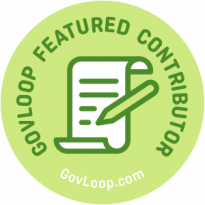In government, outcomes take time. Policies move through layers of review, permits inch through compliance steps, and budgets stretch across fiscal years. It’s not a sprint — it’s a marathon. And yet, many managers treat feedback like a post-race medal: handed out only after the finish line, when the results are in.

But no runner waits until mile 26 for water. In a marathon, hydration stations line the course, giving athletes a chance to recharge while they run. What if we thought of feedback the same way?
Why Talent Recognition Matters
Too often, feedback in public service is tied strictly to performance reviews or project completions. That might check a box, but it misses a deeper opportunity — especially in long-haul, mission-driven environments. People need encouragement, recognition, and guidance along the way, not just at the end. And not just based on outcomes.
That’s where talent-oriented feedback comes in.
Talent-Oriented Feedback
Unlike performance-based feedback, which focuses on what someone did, talent-oriented feedback zooms in on how they show up. It’s about recognizing natural strengths as they emerge — clarity under pressure, empathy with community members, relentless curiosity, quiet resilience. These aren’t always visible in a final report, but they’re often what make progress possible.
Providing Talent-Oriented Feedback
Talent-oriented feedback is:
- Specific: “You asked the one question in that meeting that brought everyone back to the goal. That kind of clarity is rare.”
- Real-time: Offered in the moment, not saved for a later review.
- Process-focused: Based on how the person works, not just what they delivered.
- Sustainable: Builds confidence and trust in the long run.
This kind of feedback isn’t about handing out compliments. It’s about naming what someone does well so they can lean into it intentionally. In a world of slow wins and uncertain outcomes, being seen for your strengths is deeply motivating.
And it’s not just up to managers. Peers can be hydration stations too — calling out each other’s strengths in the flow of work helps create a team culture where feedback is constant, natural, and affirming.
It’s For the Long Run!
The benefits ripple outward. Talent recognition:
- Fuels long-term engagement
- Helps people grow in alignment with their strengths
- Builds psychological safety for future feedback
- Keeps morale steady when external wins are few and far between
Government employees aren’t asking for gold stars — they’re asking to know that their effort, creativity, and character are noticed, even before the mission is complete.
So let’s not wait for the finish line. Let’s offer meaningful recognition where it matters most — in the middle of the race, while the work is still unfolding.
Because in the marathon of public service, feedback isn’t a reward — it’s hydration. And the best leaders are the ones standing along the course, paying attention, and holding out the cup exactly when it’s needed.
Francisco J. Guerrero is a Senior Technical Analyst at the Oregon Water Resources Department, an environmental scientist, and a strategic science communicator with over 20 years of experience in water resources, ecohydrology, and environmental policy. He specializes in bridging science with public and policy audiences, making complex topics accessible and actionable. His research explores uncertainty, information theory, and the dynamic interplay between water, land, and climate. As a GovLoop Featured Contributor, Francisco shares insights on innovative approaches to water governance, resilience, and decision-making. Previously, he worked as a science journalist at CNN Español, contributing illustrated articles and participating in the 360-degree coverage of the 2018 Thai cave rescue.
Note: The views and opinions expressed in this article are those of the author and do not reflect the official policy or position of the Oregon Water Resources Department.





Leave a Reply
You must be logged in to post a comment.